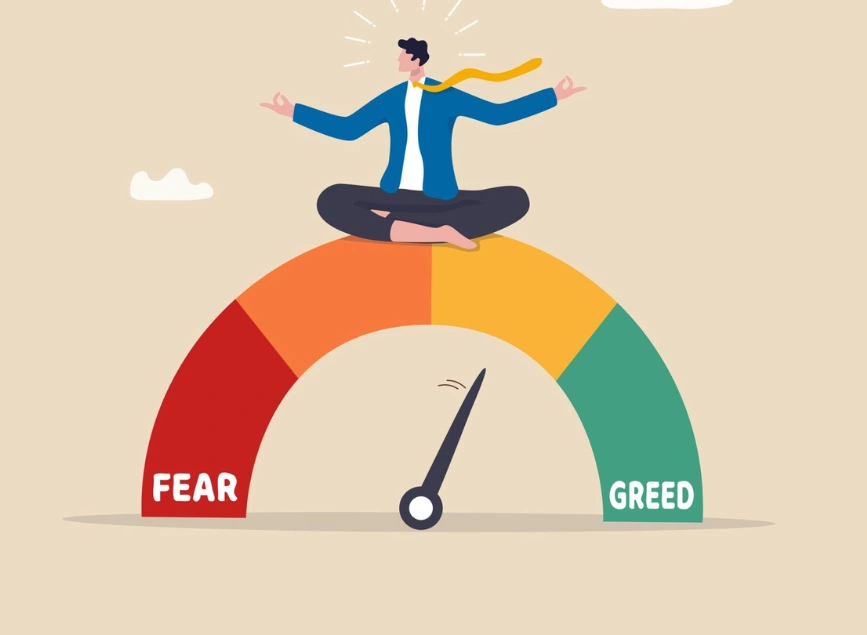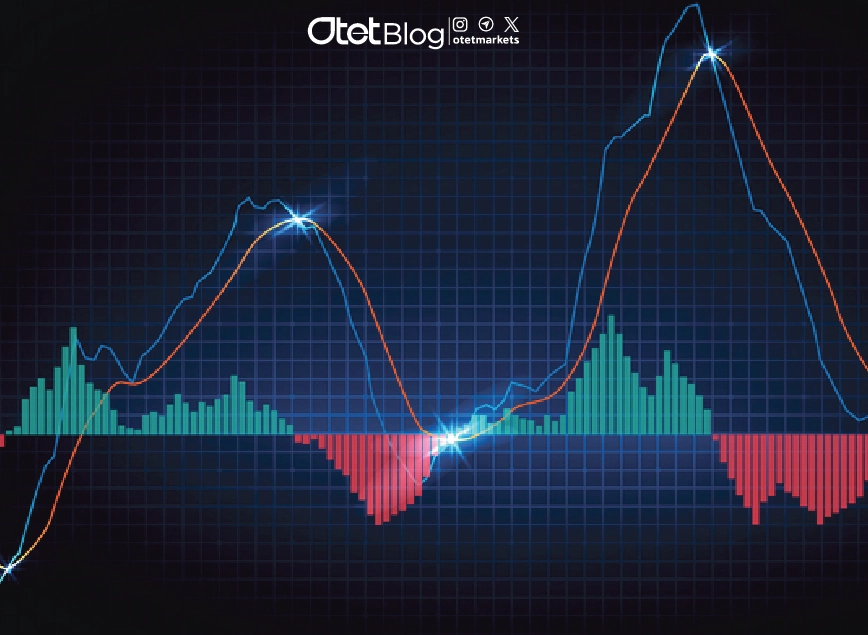
From Chaos to Clarity: The 3-Step Path to Mastering Emotions
Estimated reading time: 3 minutes
Table of contents
- Emotional Traps vs Conscious Trading
- Stage 1: Identify: When Emotions Dress as Analysis
- Stage 2: Separate, Create Space Between You and Your Emotions
- Stage 3: Respond Smart – Design Healthy Reactions, Not Panic Moves
- Why This Matters: The Market Dances with Emotion
- Final Thoughts: From Emotional Chaos to Mental Clarity
In the world of financial trading, most failures aren’t due to poor technical or fundamental analysis — they happen because of poor emotional management. Learning to transform your mindset from Chaos to Clarity is essential for success in this field.
You might have the best strategy in the world, but just one moment of fear, greed, or impatience can wreck your entire portfolio.
The truth is, markets don’t move on logic, they move on emotion. And if you enter the game unaware, you’ll get swept away like everyone else.
Emotional intelligence isn’t a bonus skill, it’s a core survival tool in the markets. In this article, we’ll walk you through three practical stages to transform emotional chaos into conscious control.
Emotional Traps vs Conscious Trading
| Emotion | Example Behavior | Hidden Risk |
|---|---|---|
| 😨 Fear | Exiting too early to “protect” gains | Missed profit potential |
| 😡 Anger | Revenge trading after a loss | Escalating losses |
| 😈 Greed | Ignoring take-profit to “catch more” | Turning profit into loss |
| 😤 Ego | Overleveraging after a few wins | Overconfidence leads to downfall |
Stage 1: Identify: When Emotions Dress as Analysis
One of the biggest traps in trading is thinking you’re being logical, while it’s really fear, greed, or pride behind the wheel.
🎯 How to spot it:
- Lost a big trade and want to “make it back”? → You’re trading out of anger
- Holding a winning position too long, hoping for more? → That’s greed
- Upping your lot size after a few wins? → Check for ego
📌 Pro Tip: Your emotions sneak into your strategy. But if you’re honest and reflective, you’ll see clear signs in your trading journal.
Read More: Understanding Financial Market Psychology: Smarter Investing
Stage 2: Separate, Create Space Between You and Your Emotions
Mindfulness isn’t about removing emotions, it’s about not becoming them.
💡 What to do:
- Observe emotions without judgment
- Label them: “I feel fear”, “This is greed”
- Pause trading until the emotional wave passes
✅ Emotional Pre-Trade Checklist:
- Am I entering based on my plan or FOMO?
- Is the lot size rational?
- Does the market match my strategy?
If the answer to any is “No”, don’t click that buy/sell button.
Stage 3: Respond Smart – Design Healthy Reactions, Not Panic Moves
Managing emotions doesn’t mean suppressing them, it means responding with intention.
Emotional Toolkit for Traders:
- 📒 Trading Journal – Track emotions, logic, results
- 📋 Trading Plan – Define entry, exit, lot size, stop-loss
- 🚫 Mental Stop-Loss – After 3 consecutive losses, stop trading and walk away
- 🧘♀️ Breathing & Meditation – Calm your nervous system before making decisions
📌 Pro Mindset: A successful trader plans for the moment when their mind isn’t ready to decide.
Why This Matters: The Market Dances with Emotion
Markets rise with collective greed, and crash with collective fear.
If you want to survive (and thrive) don’t be part of the emotional herd.
🎨 The art of trading is not fighting the market, it’s learning to stop fighting yourself.
Final Thoughts: From Emotional Chaos to Mental Clarity
A powerful trading system means nothing without a powerful mind behind it.
By walking through these three stages:
- 🔍 Identify emotions in action
- 🧠 Separate yourself from the emotion
- 🎯 Respond with conscious strategy
You’ll evolve into a conscious trader, not just in the market, but in life.
Share
Hot topics

Best Forex Trading Hours for Iranian Traders
The Forex market operates 24-hours a day, but clearly not every hour, equal it could even be every trading session, is profitable. There are times when the market sleeps, is...
Read more




Submit comment
Your email address will not be published. Required fields are marked *